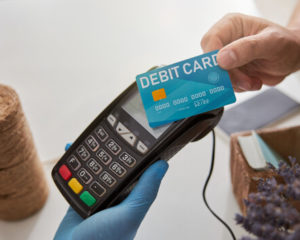FluxBB is designed as a lighter, faster alternative to some of the traditional feature heavy forum applications.
Read more
The Linux Portal Site

FluxBB is designed as a lighter, faster alternative to some of the traditional feature heavy forum applications.
Read more
Phorum is a flat-threaded message board system written in PHP. Phorum uses a database to manage its messages.
Read more
Chromis POS is a feature rich Point of Sale software. It supports multi terminal mode, and works with open source database solutions.
Read more
Freetalk is a console based chat client for Google Hangout and other XMPP servers. It has context sensitive auto-completion for buddy names.
Read more
Apache Drill is an open source distributed system for interactive analysis of large-scale datasets. Drill is similar to Google’s Dremel.
Read more
Arachnophilia is a powerful programming editor with some special HTML production and editing features.
Read more
ggplot2 is a system for declaratively creating graphics, based on The Grammar of Graphics, the idea that you can build every graph from the same few components.
Read more
PyChess is a Gnome inspired chess client written in Python. The goal of PyChess, is to provide a fully featured, nice looking, easy to use chess client
Read more
Greenfoot is an interactive Java development environment designed primarily for educational purposes at the high school and undergraduate level.
Read more
KTurtle is an educational programming environment for learning how to program.
Read more
Scratch is a multi-platform, open source, easy, interactive, collaborative programming environment designed for creating interactive stories, and more.
Read more
Snap! (formerly BYOB) is a visual, block, drag-and-drop programming language. Unlike most programming languages, though, Snap! is a visual language.
Read moreFreedomotic is an open source, flexible, secure Internet of Things (IoT) development framework, useful to build and manage modern smart spaces.
Read more
OPNsense is an open source, easy-to-use and easy-to-build HardenedBSD based firewall and routing platform.
Read more
Fat-Free Framework is a powerful yet easy-to-use PHP micro-framework designed to help you build dynamic and robust Web applications.
Read more
ChucK is an open source concurrent, on-the-fly programming language for real-time sound synthesis and music creation.
Read more
Extempore is a programming language and runtime environment designed to support cyberphysical programming.
Read more
Faust (Functional Audio Stream) is a functional programming language for sound synthesis and audio processing.
Read more
JFugue is a Java API for music programming.
Read more
Pure Data (or Pd) is a real-time graphical programming environment for audio, video, and graphical processing.
Read more